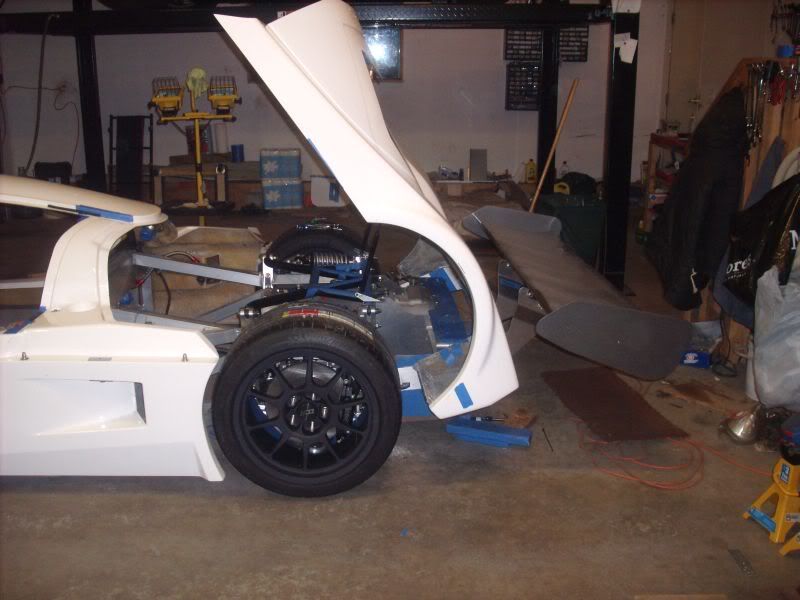Dave Lindemann
Lifetime Supporter
Here's some more info on the rear hinge. Fran/RCR did an excellent job designing it I think. The rear hinge plates mount to existing bolt points on the rear of the chassis. I just need to buy some longer bolts. The plates have slotted openings to allow for some adjustment of the clip. Pretty cool. All I need now is time........
Dave L
Dave L























